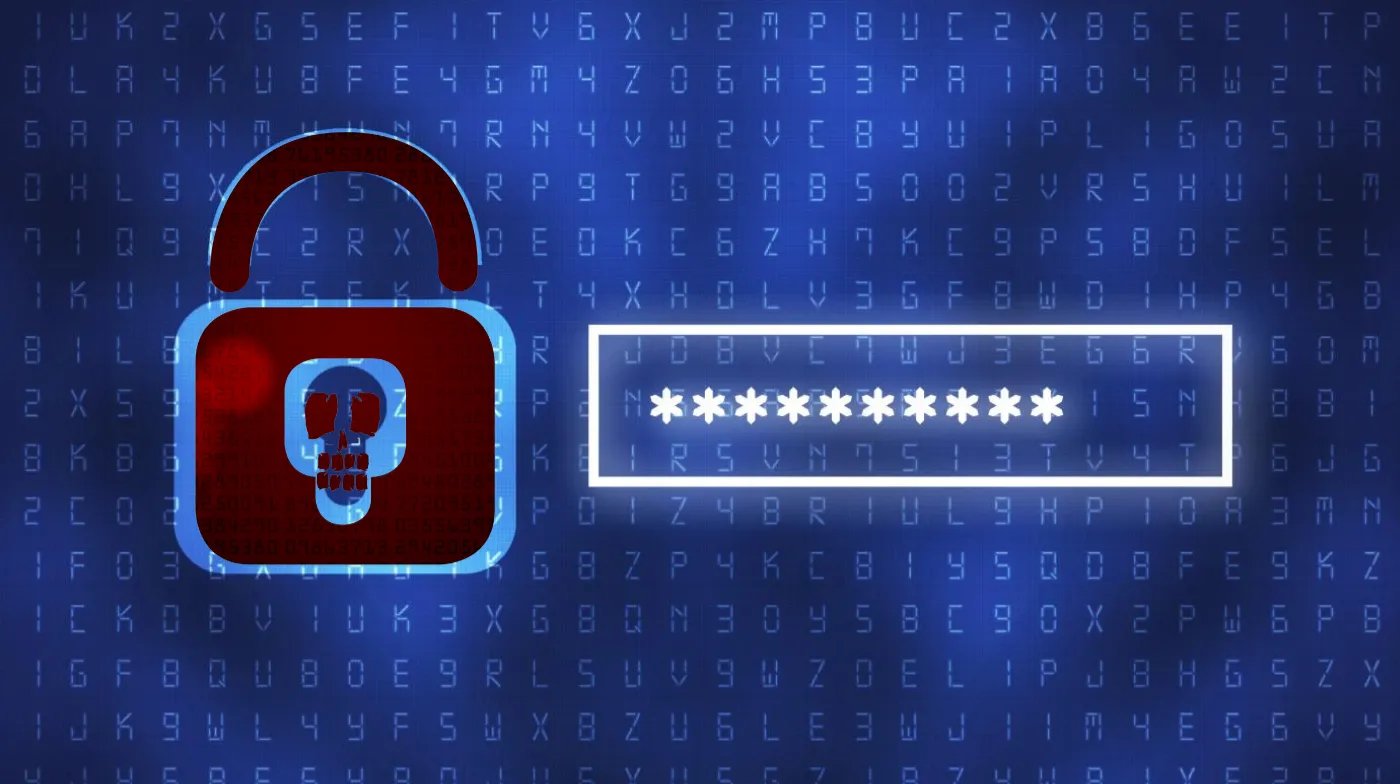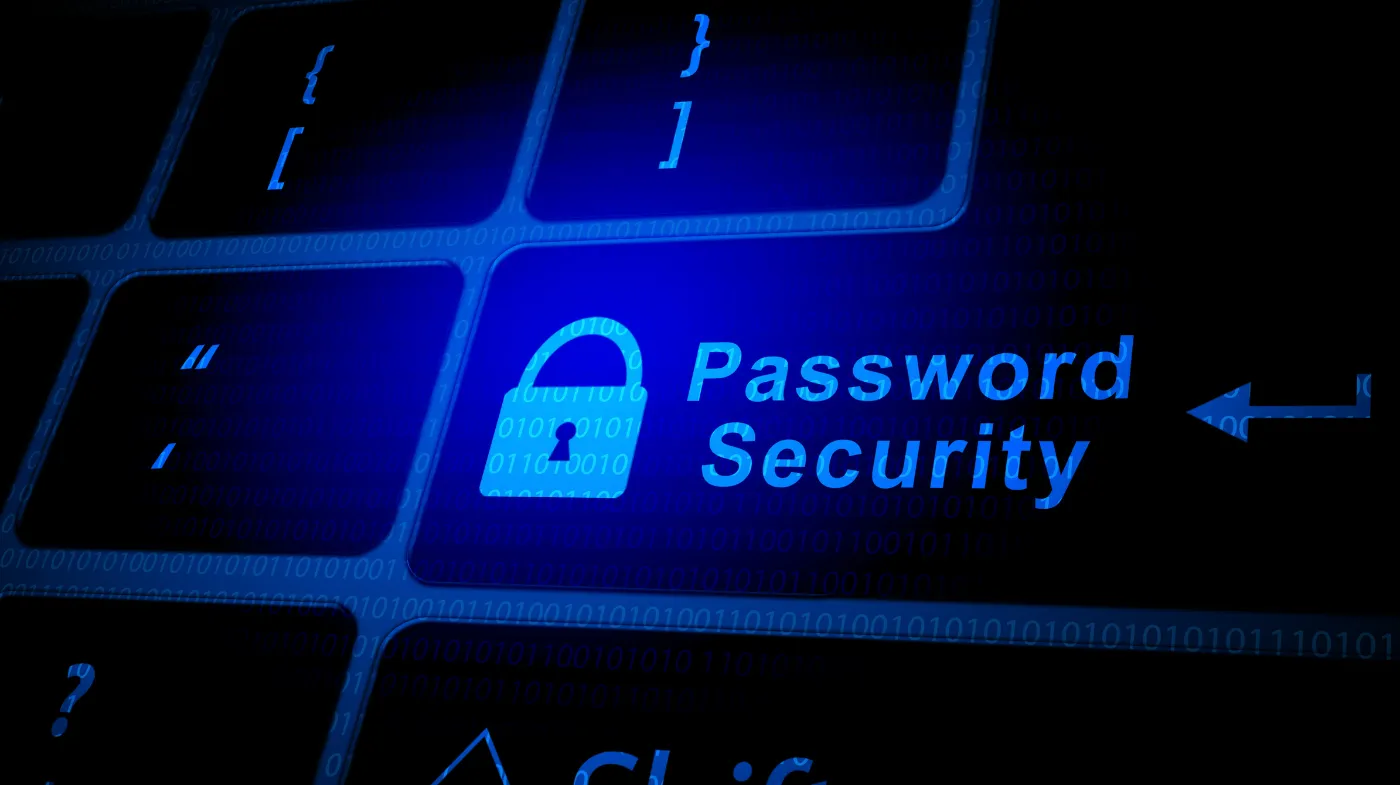
Reusing passwords across multiple accounts might seem like a convenient way to manage your online presence, but it opens you up to serious security risks.
One major threat is credential stuffing, where hackers use stolen passwords to gain access to multiple accounts. If you’ve reused a password on several platforms, a breach in one place could easily spread to others.
Another risk is the domino effect, where a single compromised account can quickly lead to the exposure of your entire digital life.
The dangers are not limited to personal data, your financial security and even your professional life could be at risk.
In this blog post, we will discuss the hidden dangers of reused passwords and also provide effective strategies to safeguard your accounts.
Key Hidden Risks of Reused Passwords
Reusing passwords creates significant security vulnerabilities that can have far-reaching consequences. Below are some of the most pressing risks associated with reusing passwords across multiple accounts:
Credential Stuffing: A Silent Threat
When you choose to use the same password across multiple accounts, you unknowingly open the door to credential-stuffing attacks.
Hackers exploit this common practice by obtaining your login credentials from one breach and using automated tools to test them on various sites. If you’ve reused that password, they can easily gain access to your other accounts.
This technique is particularly effective because many users opt for simple or repeated passwords. While it’s a quick win for hackers, it poses significant risks for you, potentially compromising your personal information and security across multiple platforms.
One Breach, Multiple Consequences
Using the same password across various accounts greatly heightens your risk of a cascading security failure.
When one account gets compromised, attackers can exploit your credentials on more sensitive platforms, like your email or banking services. This single breach can spiral into a significant security crisis, exposing your personal information, emails, and financial data.
The fallout doesn’t end with one vulnerable site; it can quickly extend to multiple critical accounts, amplifying the damage.
Vulnerable to Phishing and Malware
While you may think reusing passwords saves time, it greatly increases your susceptibility to phishing and malware attacks.
If you accidentally download malicious software or fall for a deceptive email, attackers can steal your password and access all your accounts tied to that password. This creates a dangerous ripple effect, putting everything at risk.
These attacks are often hard to spot, and once hackers have your credentials, they can infiltrate your accounts with ease.
One phishing email could trigger a cascade of security disasters, amplifying potential harm across your digital footprint.
Risking More Than Just Personal Accounts
Reusing passwords can jeopardize not just your personal security but also your professional integrity.
When you use the same password for both personal and work accounts, a breach in one can compromise the other. Hackers can exploit this vulnerability to access your company’s systems, leading to data theft or operational disruptions.
Many underestimate the connection between personal and professional accounts, but a weak password can serve as a gateway for cybercriminals.
Opening the Door to Identity Theft and Financial Fraud
When passwords are reused, they can inadvertently pave the way for identity theft and financial fraud.
If attackers access your accounts, they can exploit your personal information to apply for loans, open credit cards, or make unauthorized purchases. The consequences can be devastating, leading not just to financial loss but also to significant time and effort spent repairing your identity.
How to Protect Yourself: Best Practices You Should Follow

To safeguard your online presence, it’s essential to adopt specific best practices, such as:
Use Unique Passwords for Every Account
Using unique passwords for every account is essential in safeguarding your personal information, as shared credentials can lead to widespread vulnerability. If one account is compromised, others remain at risk, making it imperative to maintain distinct login credentials.
To achieve this, consider using tools that generate complex, hard-to-crack passwords for each platform. A super secure password generator can help you create strong passwords that enhance your security exponentially.
Use a Password Manager
Maintaining unique passwords for each account is only part of a robust security strategy; managing those passwords is equally critical. A password manager simplifies this task by securely storing and organizing your passwords, alleviating the stress of remembering them all.
With a reliable and secure password manager, you can store login credentials in an encrypted vault and easily access them when needed. Look for features like password audits to monitor weak or reused passwords, and ensure the tool supports secure synchronization across devices.
Research various options to find one that fits your specific security needs, keeping your digital life safe and manageable.
Enable Two-Factor Authentication (2FA)
While passwords are essential for account security, enabling two-factor authentication (2FA) provides a vital safeguard against unauthorized access.
Even if a hacker compromises your password, 2FA blocks access without the second verification step, like a code sent to your phone or generated by an authentication app.
Many services offer 2FA for free, making it a straightforward yet powerful enhancement to your security. By enabling this feature, you greatly reduce the risk of account breaches.
Update Passwords When You Feel It’s Necessary
You don’t always need to update passwords on a strict schedule. Instead, focus on changing them when you notice suspicious activity, hear about a breach, or feel your credentials might be exposed.
If you receive alerts or unusual login attempts, take action immediately. Trust your instincts---if something feels off, update your passwords right away to stay protected.
Pay special attention to your email accounts, as they often serve as the gateway to many other services. Use an email account security tester to check whether your email credentials have been involved in any known breaches.
What’s the difference between a password manager and browser-stored passwords?
The main distinction between a password manager and browser-stored passwords is security and versatility.
A password manager securely stores and generates unique passwords in an encrypted vault, often with features like two-factor authentication and cross-device syncing.
In contrast, browser-stored passwords are saved for convenience, with basic encryption and limited security features, restricted to one browser and device.
While browser-stored passwords may be sufficient for simple use, a password manager offers stronger security and more control across platforms. For enhanced protection, a password manager is the better choice.
How do hackers find out which sites to try my credentials on?
Hackers use a method called credential stuffing, where they test stolen usernames and passwords on popular websites like Gmail, Facebook, or PayPal, hoping users have reused passwords.
They gather these credentials from data breaches or the dark web and use automated tools to try them on multiple platforms.
In addition, they may analyze your online activity using open-source intelligence (OSINT), such as social media or public posts, to guess which services you use. This combination of automation and research helps them find likely targets.
To defend against such attacks, ensure your passwords are long enough and combine letters, numbers, and special characters to make them harder to crack.
Take Control of Your Digital Security: Protect Yourself from the Risks of Reused Passwords
Reusing passwords might seem harmless, but it exposes you to serious threats like credential stuffing, phishing, and identity theft.
The risks extend beyond personal inconvenience as they can compromise your finances, work, and overall digital security.
By using strong, unique passwords, enabling two-factor authentication, and relying on a trusted password manager, you significantly reduce your vulnerability.
Staying proactive about your online safety isn’t just smart, it’s essential in today’s digital world.
Take control of your security now because one weak password could be the key to your entire digital life. Don’t wait for a breach to make the change. Protect yourself today.
